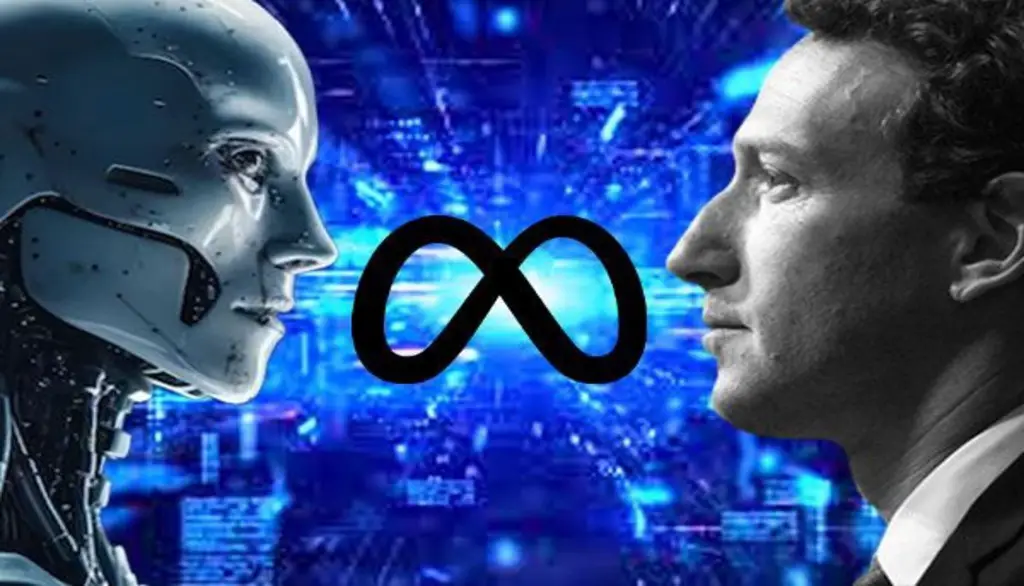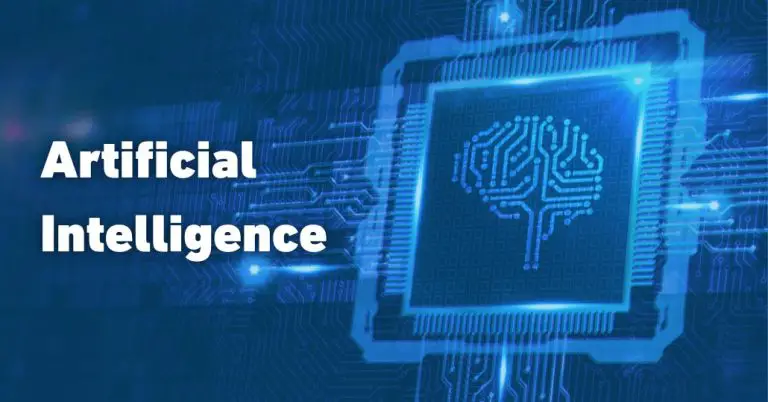
Meta has launched a new AI app that blends the private world of AI chatbots with the public, shareable nature of social media. Imagine if Pinterest’s endless scroll of quirky ideas met the sometimes chaotic vibe of Threads, then tossed in AI-generated images and prompts-that’s what the Meta AI social feed feels like.
How the Social Feed Works?
- Instead of keeping your AI chats private, Meta AI lets you share your prompts and results with everyone in just a couple of clicks. You can browse what others are creating, comment, upvote or downvote, and see a constantly refreshed feed of AI experiments.
- Most posts feature users testing out AI image generation, asking odd or funny questions, or trying to stump the AI with tricky prompts. You’ll see everything from surreal fashion shows made of food to people asking for AI-generated rooms without clowns-often with hilarious or unexpected results.
- Sometimes, the feed repeats the same posts, similar to the early days of Threads, making the experience feel both lively and a bit repetitive.
Why Meta Added This Feature?
Meta’s VP of Product, Connor Hayes, says the social aspect is meant to help newcomers see what’s possible with AI. By making prompts and results public, users can learn from each other and get ideas about how to use generative AI in creative ways.
What Makes Meta AI Different?
- Community-Driven Discovery: The social feed isn’t just about showing off; it’s designed to let users learn from each other, see popular prompts, and discover new ways to use AI.
- Voice Mode: You can interact with Meta AI using real-time voice conversations, making the experience more natural and accessible.
- Personalization: Meta AI can use information from your Facebook and Instagram profiles (if you link them) to give more tailored responses. This integration aims to make AI feel more like a helpful assistant who knows your interests.
- AI-Generated Avatars: Meta is also experimenting with AI-generated images and avatars, including the ability to create digital versions of yourself that can appear in your feeds, stories, and even interact on your behalf.
Related articles you may find interesting
Potential Downsides and Concerns
- Privacy and Creepiness: Some users find it unsettling to see their likeness in AI-generated images or to stumble upon deeply personal prompts in a public feed. The app requires you to confirm before sharing, but it still raises questions about what people are comfortable making public.
- Quality and Relevance: Experts warn that if the feed becomes filled with low-quality or irrelevant AI content, users might lose interest. There’s a novelty factor now, but long-term engagement depends on how useful or entertaining the AI results are.
- Repetitiveness: The current feed often resurfaces the same posts, which can make the experience feel stale for regular users.
What’s Next for Social AI?
Meta isn’t alone in this experiment-OpenAI and others are reportedly working on similar social features for their chatbots. The idea is that making AI interactions public and shareable could spark viral trends and help more people see the value of generative AI.
Summary
- Younger Audiences: Meta is targeting younger users by letting them create AI-generated avatars with their own profiles and the ability to post content, aiming to make social media more interactive and creative.
- Opt-Out Options: Users can control how much AI-generated content they see, including hiding or turning off suggested AI images of themselves in their feeds.
- Broader Integration: Meta plans to weave AI even deeper into its ecosystem, including wearable devices like AI glasses through its new Ai app, making it possible to interact with AI across different platforms and contexts.
In summary, Meta new AI app is both an experiment and a glimpse into the future of social media-where AI isn’t just a tool you use privately. Also it is a shared, public playground for creativity, discovery, and, sometimes, a bit of chaos. Whether this will make AI more useful or just more overwhelming remains to be seen.





